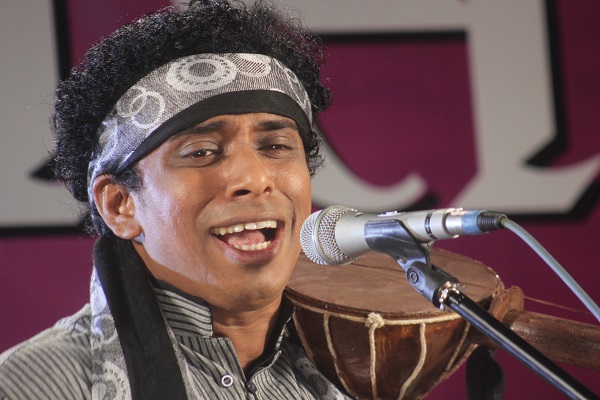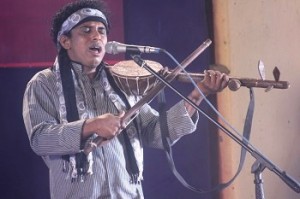The much-awaited ‘Celebrate Bandra’ festival will showcase the work of 40 Indian artists all around the suburb from November 22.
by The Editors | editor@themetrognome.in
‘Celebrate Bandra’ is back.
The latest edition is scheduled to begin on November 22, 2014 and will go on till November 30, 2014. The festival that began in 2003 was conceptualised with a view to bring people together through world-class entertainment that is free of cost and accessible to all. In the process, it showcases professional talent and provide a platform for budding talent to grow. This year it promises to be bigger and better.
Art has always been the major highlight of ‘Celebrate Bandra’. This year, visitors can spot extraordinary art forms at unexpected venues that will fill up the entire suburb, in and around Bandra. This year, 40 national artists from various cities have come together to create art works all around the suburb. Curated by renowned art curator Minali Thakkar, Art Head of the festival, ‘Celebrate Bandra 2014’ will see exciting functional, public interactive and visually appealing installations like benches, 3D street art as well as light art displayed at Carter Road, Bandstand, MET, parks and other such public locations.
Each art installation have a message to convey; for example, MET will have a huge web light art installation which is an artistic take on the current textology and Whatsapp trend. Minali says, “We wanted people to notice art in an unconventional setting. People will bump into a complete new world in their daily life setting through art and that would be a welcome change from their mundane life. Art has the energy to bring people together, emit positive vibes and bring a change in small ways and we hope to connect people through art.”
Artists are working round the clock to create art works on ground, rocks, grass, and windows using materials like fishing nets, rubic cubes, balloons and metal scrap, to name few. Be it the huge limousine or an armour skirt and choli designed to protect women, the organisers claim that each art piece will mesmerise viewers and leave them with a food for thought.
For all the art lovers and enthusiasts, ‘Celebrate Bandra’ will also host an Open Air Art Classroom in a setting where one can sketch, paint landscapes and create designs. Don’t forget to get your art bag along. This will be held on daily basis during the tenure of the festival at 4.30 pm at Carter Road Promenade and Bandstand Promenade.


